#spaceblr
Text
please pass this around to all of your classmates, i don’t want anyone saying they didn’t get to vote
#scienceblr#historyblr#artblr#spaceblr#polls#my polls#this is certainly not going to do like my other poll that's running rn (it left containment)#but my brother and i were Discussing field trips and decided we needed input via The Nerds (affectionate)
19K notes
·
View notes
Text

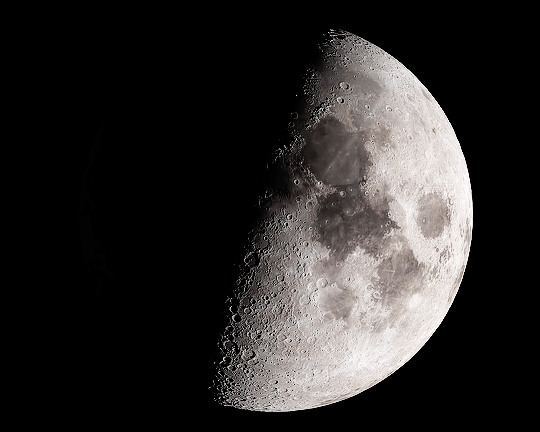
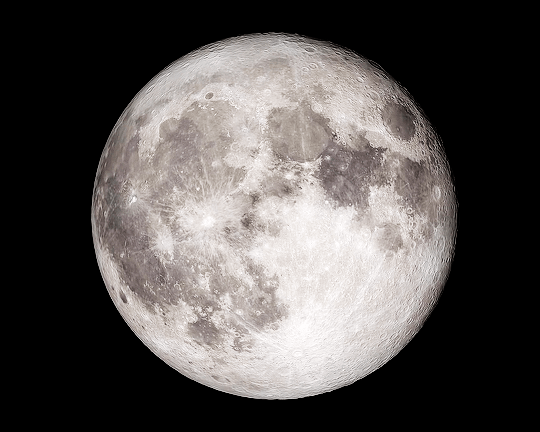
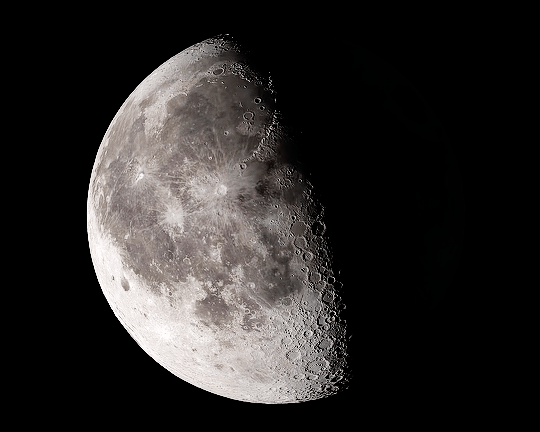
MOON PHASES 🌕
#moon#the moon#lunar calendar#moon cycle#space#moon phases#astonomy#nasa#solar system#spaceblr#time lapse#ellisgifs#look at her……. gf material fr <3#queue
7K notes
·
View notes
Text
Context: I have a theory, and i want to see if im right. for simplicity, its just the big three + the 'other' option. Apologies for no vanilla extract, i want actual data this time lol.
remember to reblog for a higher sample size!
#polls#statistics#data collection#the sun#the moon#the stars#space#galaxies#spaceblr#space aesthetic
11K notes
·
View notes
Text
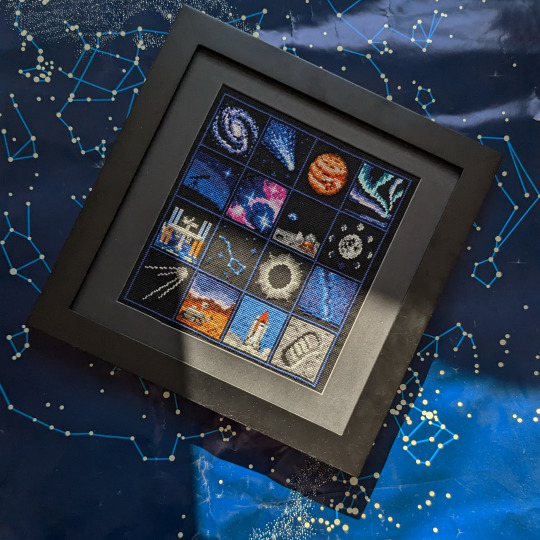
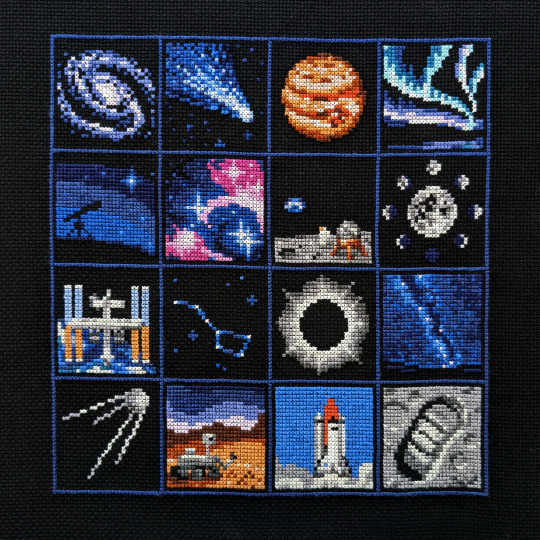

The last photos I took of the Space Sampler were seven years ago... a lot has happened since 2016, but my first pattern still holds a special place in my heart :)
[space sampler tag here] [pattern here]
#cross stitch#embroidery#astronomy#spaceblr#space sampler#made by me#id in alt text#seven years and one month...#that's really nice actually#anyway here's to the tumblr cross-stitch crowd#who's betting we're still here in 2030? ;)
419 notes
·
View notes
Text
NGC 5468
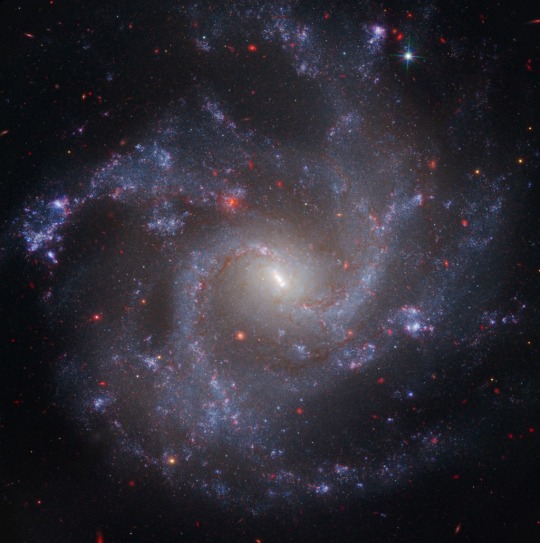
#ngc 5468#galaxy#nasa#nasa photos#nasa news#astrophotography#astronomy news#astronomy#hubble space telescope#spaceblr#space news#outer space#space#space photography#spiral galaxy
78 notes
·
View notes
Text
The Crab Nebula
August’s Space Object of the Month is the Crab Nebula, the remnant of a supernova observed by Chinese astronomers in the year 1054. Though they didn’t understand what they were seeing at the time, we now know they were witnessing was the death of a star 6,500 light-years from Earth. The supernova was visible during the day for an entire month, and remained visible at night for a further two years before it faded away.


At the centre of the nebula there is a rapidly spinning neutron star, 30 kilometres in diameter, emitting pulses of radiation as it spins on its axis. This pulsar, discovered in 1968 by Jocelyn Bell, ejects twin beams of radiation resulting in the star appearing to pulse at a rate of 30 times per second.
The nebula itself spans six light-years across, and is expanding at a rate of about 1,500 kilometres per second – 0.5% the speed of light.

#space object of the month#space#astronomy#astrophysics#space facts#spaceblr#studyblr#physics studyblr#my studyblr
164 notes
·
View notes
Text
yena the guardian
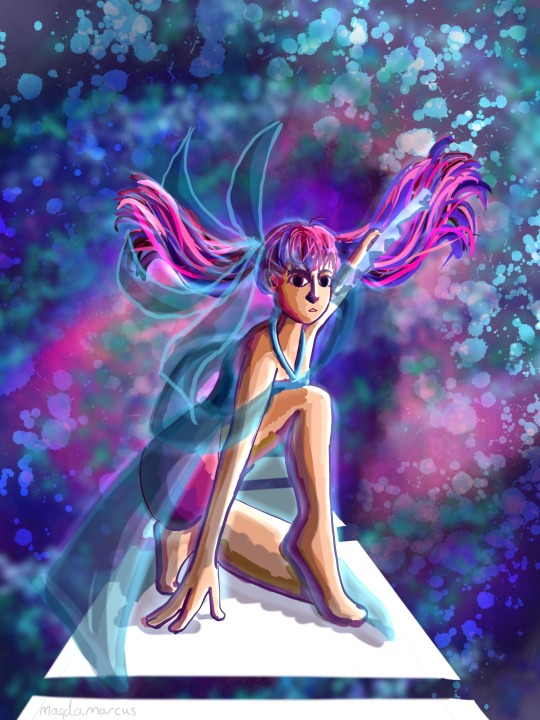
#spaceblr#space#outer space#galactic art#galaxies#galaxy#rainbow road#oc#original art#my art#digital art#artwork#art#digital drawing#drawing#illustration#illustrator#digital illustration#artists on tumblr#yena#procreate#digital artist#procreate digital artist
32 notes
·
View notes
Text

Nature: Heavenly Bodies
Sometimes in astronomy, a heavenly body has been virtually invisible until a single observer detects its presence and points it out to his colleagues, who then see it with increasing clarity. Perhaps a myriad of unknown senses are only awaiting our consciousness.
#Heavenly Bodies#Celestial Bodies#Space#outer space#planets#galaxies#stars#space aesthetic#space moodboard#Nature#nature aesthetic#nature moodboard#moodboard#aesthetic#space junk#spacecore#space nerd#space core#spaceblr#Marilyn Ferguson
22 notes
·
View notes
Text
GUYS oh my gosh I stumbled upon this tab on the NASA site and—
What did Hubble see on your birthday?? It gives you a picture and information! It's so neat!
#Can't specify year but IT'S SO NEAT#NASA#astrophotography#astronomy#spaceblr#hubble#hubble space telescope#of course you don't need to share your actual bday if you don't want to but I wanna see what pics others find!!#i'm plugging in random dates at this point bwahaha#(lies. i did 9/11 on purpose)#photography#space photography#space
68 notes
·
View notes
Text
lumped the astronauts and lunar phases together for ease, feel free to specify which is your favorite if you’d like.
34 notes
·
View notes
Text

Pumpkin space latte, anyone? ☕
Hubble captured this festive array of stars, Terzan 12, found in the Milky Way about 15,000 light-years from Earth. The stars in this cluster are bound together by gravity in a sphere-like shape and are shrouded in gas and dust. As the starlight travels through that gas and dust to Earth, blue light scatters, leaving the redder wavelengths to come through.
Download the full-resolution image here.
Make sure to follow us on Tumblr for your regular dose of space!
6K notes
·
View notes
Text
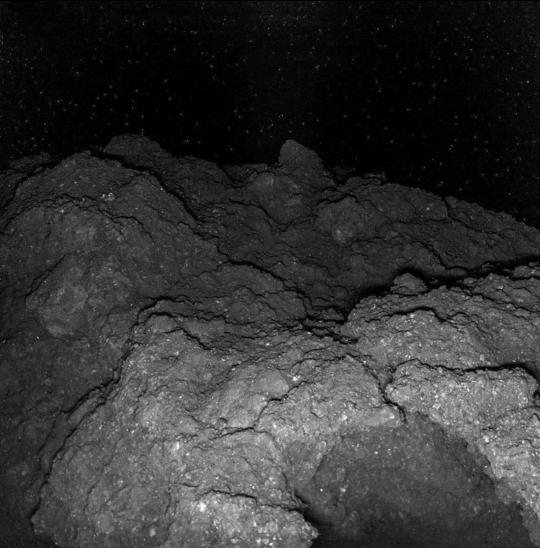
Surface photograph of Ryugu 162173 asteroid. Taken by JAXA's Hayabusa 2 space probe.
Image can also be found here.
28 notes
·
View notes
Text
(x)
#tiktok#tiktoks#science#space#mars#mars rover#mars rovers#opportunity#spirit#mars rover opportunity#mars rover spirit#scienceblr#spaceblr#300k#fun#universe#astronomy#music#mars rover playlists
119 notes
·
View notes
Text
On 03/08/2024, the Hubble Space Telescope spotted the galaxy NGC 4423, a galaxy around 55 million light years away from Earth in the Virgo constellation. Here’s the article NASA posted:

NGC 4423
#astronomy#hubble space telescope#nasa#nasa news#space news#spaceblr#outer space#space#ngc 4423#galaxy#astronomy news
24 notes
·
View notes
Note
Happy moon landing day!!
Hello, lovely! Whoever sent this, my little space and history loving heart thanks you! ♥️
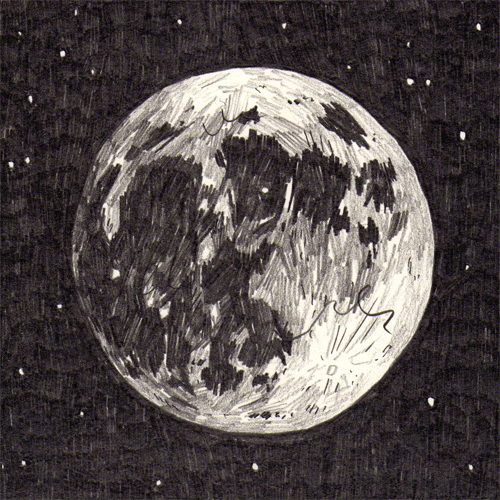
25 notes
·
View notes
